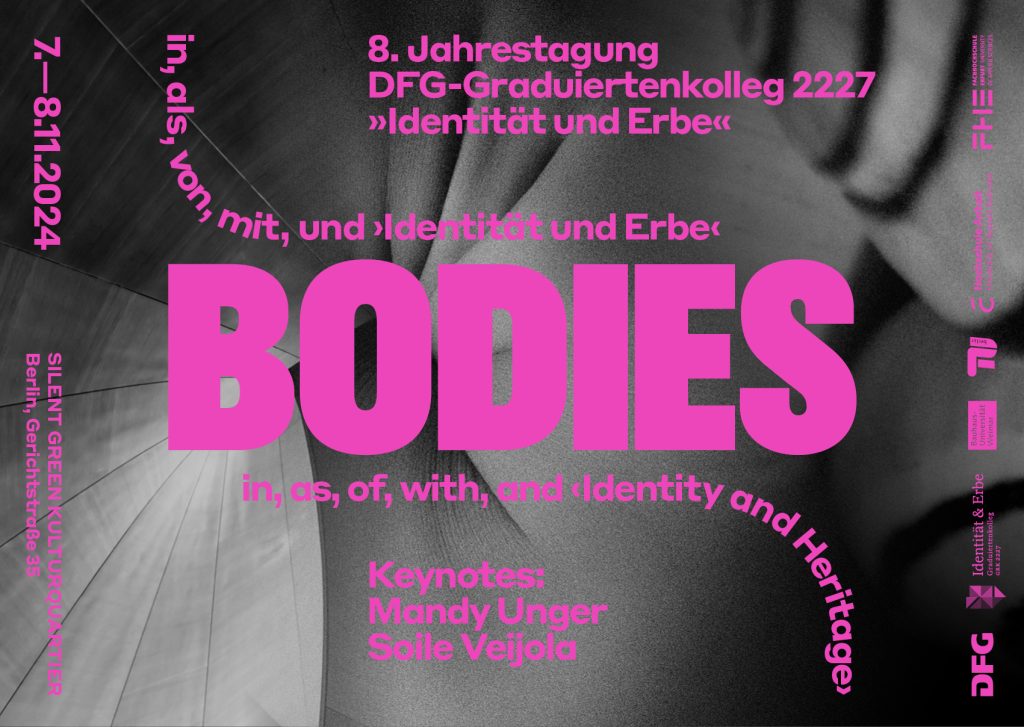07.11.2024
9:30
On Venus and Whale (GER)
Roughly one hundred years lie between two events that have left lasting traces in Swedish cultural history. One of them still grants visitors access to its body, while the other was dismantled after three months of display. Using the example of «Malmska Hvalen», the world’s only prepared blue whale, from 1865 and the sculpture «Hon-en Katedral», which was designed and built in 1966 at the Moderna Museet by Niki de Saint-Phalle in Stockholm, this lecture compares and questions two narratives of immersive bodies in a museum environment. Whilst the whale in Gothenburg opens its mouth to visitors every year and has become a symbol of the city, it also embodies a scientific tradition that bear witness to man’s presumed domination over nature. A tradition whose effects are increasingly being scrutinised and which can be illustrated in part by the presentation of […]
Weiterlesen…Nadja Bournonville
